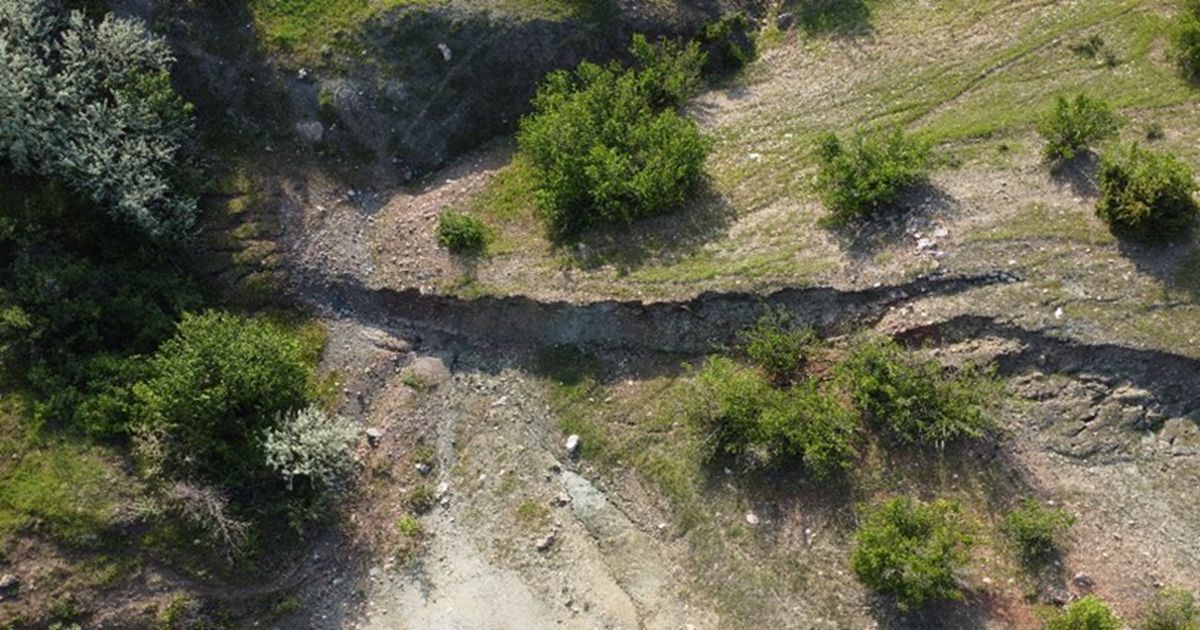Topic Editors

Geomorphological Processes of Continental Landscapes in Tectonically Active Areas

Topic Information
Dear Colleagues,
We are pleased to announce the Topic "Geomorphological Processes of Continental Landscapes in Tectonically Active Areas", which will bring together papers from different fields of Earth sciences that depict the changes in the configuration of the Earth’s surface due to endogenic and exogenic forces triggered by active tectonics. The aim of the collection is to highlight recent advances in tectonic geomorphology, earthquake geology, and quantitative geomorphology by means of geochronology, geophysics, paleoseismology, structural geology, and geological mapping tools. The Topic focuses on the mechanism and speed of the sedimentary and geomorphological processes of continental landscapes in tectonically active areas. In more detail, it will provide a venue for the Quaternary evolution of tectonic-related processes at different time scales, especially through:
- Analysis of landscape morpho-evolution (i.e., the relationship between tectonic processes and superficial modeling);
- Morphotectonic and structural analysis of active fault systems;
- Analysis of the geological surface effects caused by earthquakes in the near-fault and far-field;
- Reconstruction of the offset distributions and displacement rates along the short- and long-term (late-Quaternary and Quaternary) faults;
- 2D and 3D reconstruction of fault-controlled continental basins and their tectonic–sedimentary evolution;
- Determination of the Holocene record of seismic events;
- Local and regional coseismic and long-term dislocation field estimates;
The aim is to characterize the geometric and behavioral parameters (i.e., slip accumulation and recurrence modeling) of active fault systems as they are essential inputs for the evaluation of seismic hazards.
Dr. Stefano Pucci
Dr. Daniela Pantosti
Topic Editors
Keywords
- earthquake
- faulting
- dislocation field
- tectonic landforms
- active tectonics
- geomorphology
Participating Journals
| Journal Name | Impact Factor | CiteScore | Launched Year | First Decision (median) | APC | |
|---|---|---|---|---|---|---|

GeoHazards
|
- | 2.6 | 2020 | 19 Days | CHF 1000 | Submit |

Geosciences
|
2.4 | 5.3 | 2011 | 23.5 Days | CHF 1800 | Submit |

Quaternary
|
2.3 | 3.3 | 2018 | 43.4 Days | CHF 1600 | Submit |

Remote Sensing
|
4.2 | 8.3 | 2009 | 23.9 Days | CHF 2700 | Submit |

MDPI Topics is cooperating with Preprints.org and has built a direct connection between MDPI journals and Preprints.org. Authors are encouraged to enjoy the benefits by posting a preprint at Preprints.org prior to publication:
- Immediately share your ideas ahead of publication and establish your research priority;
- Protect your idea from being stolen with this time-stamped preprint article;
- Enhance the exposure and impact of your research;
- Receive feedback from your peers in advance;
- Have it indexed in Web of Science (Preprint Citation Index), Google Scholar, Crossref, SHARE, PrePubMed, Scilit and Europe PMC.


